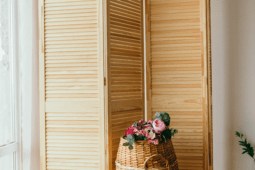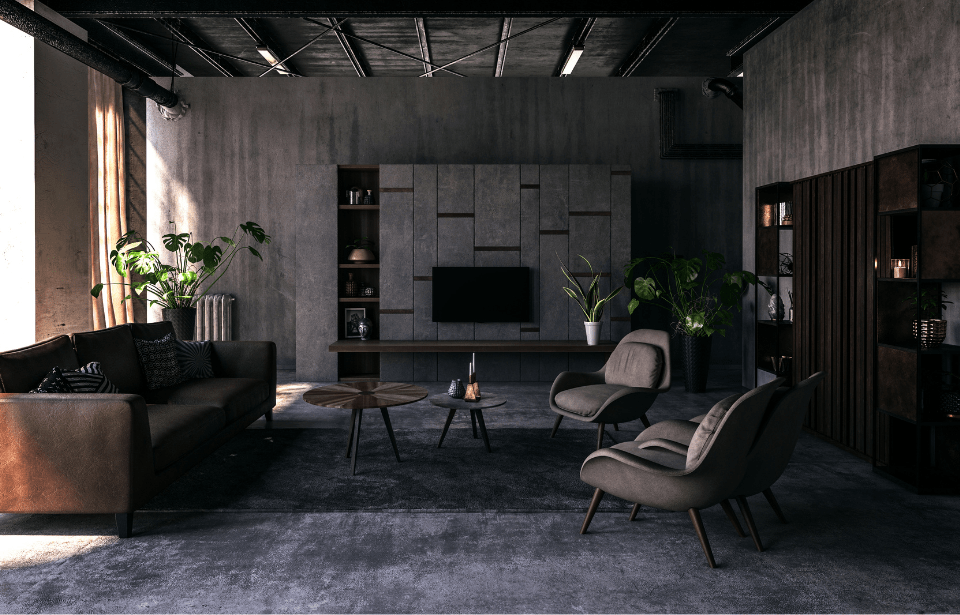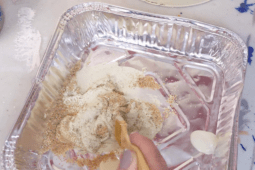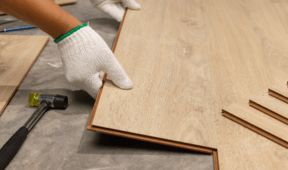Leafy Elegance: Big Houseplant Beauties
If you have been looking to inject a bit of natural aesthetic into your home, look no further than house plants. But there are so many to choose from that you may not have an idea of where to really start. What kind of house plant do you choose?
Well, big-leaf houseplants are popular because they have big, vibrant leaves that attract attention and bring a natural aesthetic to the indoors. There are hundreds of species of big-leaf houseplants to choose from, each offering its own aesthetic and requiring its own set of conditions. This is your guide for the best big-leaf houseplants as well as what kind of soil, light, and water requirements they require.
1. Ruffled Fan Palm
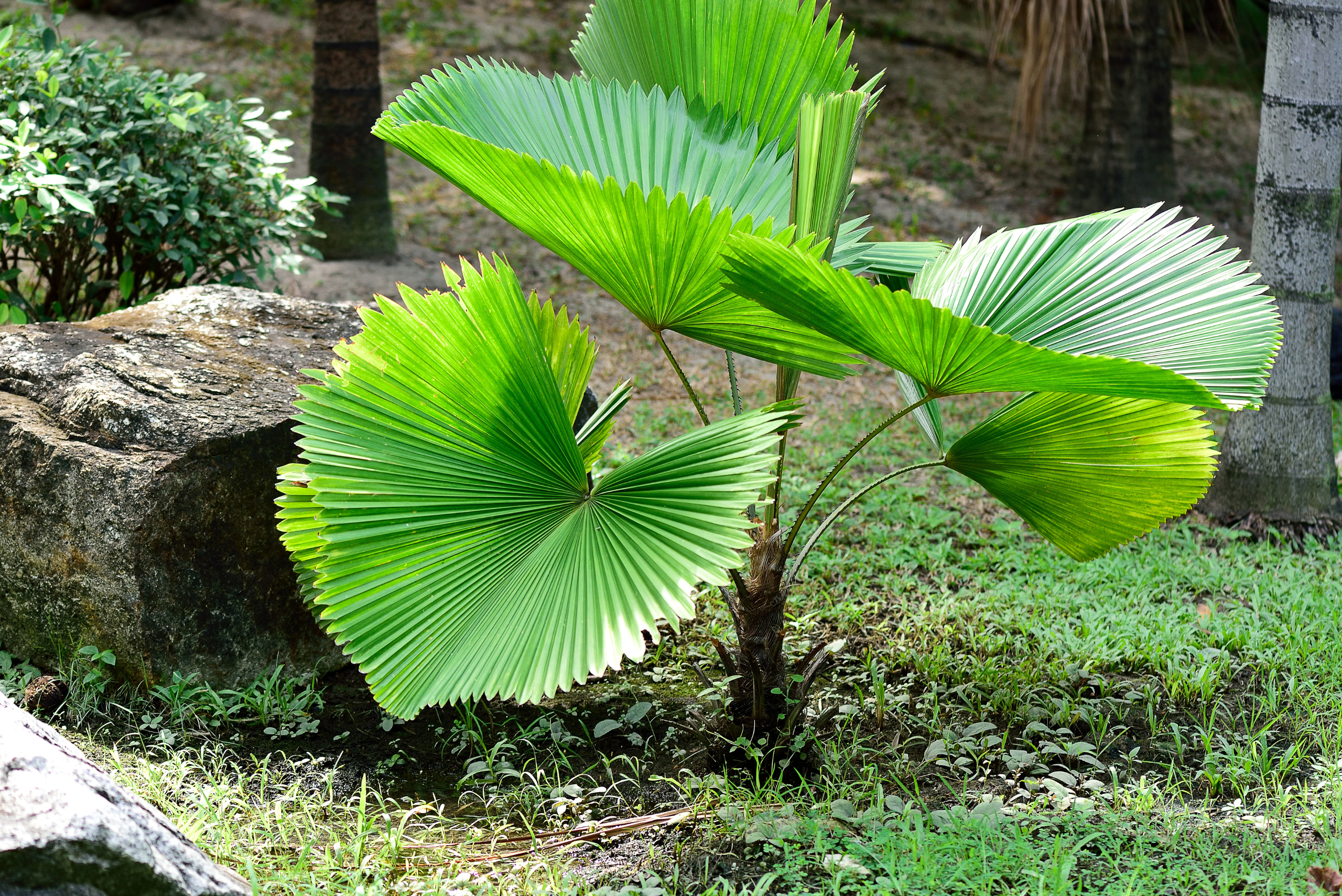
This is one of the more unique and unusual varieties of palm out there. That is due to its large, pleated leaves that have a strong resemblance to hand fans. They are quite difficult to find, so it may take some scouring to procure one.
When you do get one, you will be happy to know that they are easy to care for. Just set it in a location that gets indirect yet bright light and give it roughly two inches of soil so that it can properly dry between watering sessions. Best of all, it is non-toxic, which makes it safe for pets and children.
Soil: well-drained
Water: average water
Light: medium to bright indirect light
2. Tropic Snow Dumb Cane
Among all the varieties of dumb cane out there, the tropic snow dumb crane is the largest. It can get to be as tall as ten feet indoors, so you will either need the space to accommodate it or keep it trimmed to fit into your space.
Because of the variegated, huge leaves, the tropic snow dumb cane has one of the more unique aesthetics. What makes it a favorite is that it requires little care and tolerates low light. Just keep in mind that it can be toxic to dogs, cats, and humans should it be ingested. The result is rashes, irritation, and an upset stomach.
Soil: well-drained
Water: water when soil is dry
Light: low to bright light
3. Ponytail Palm
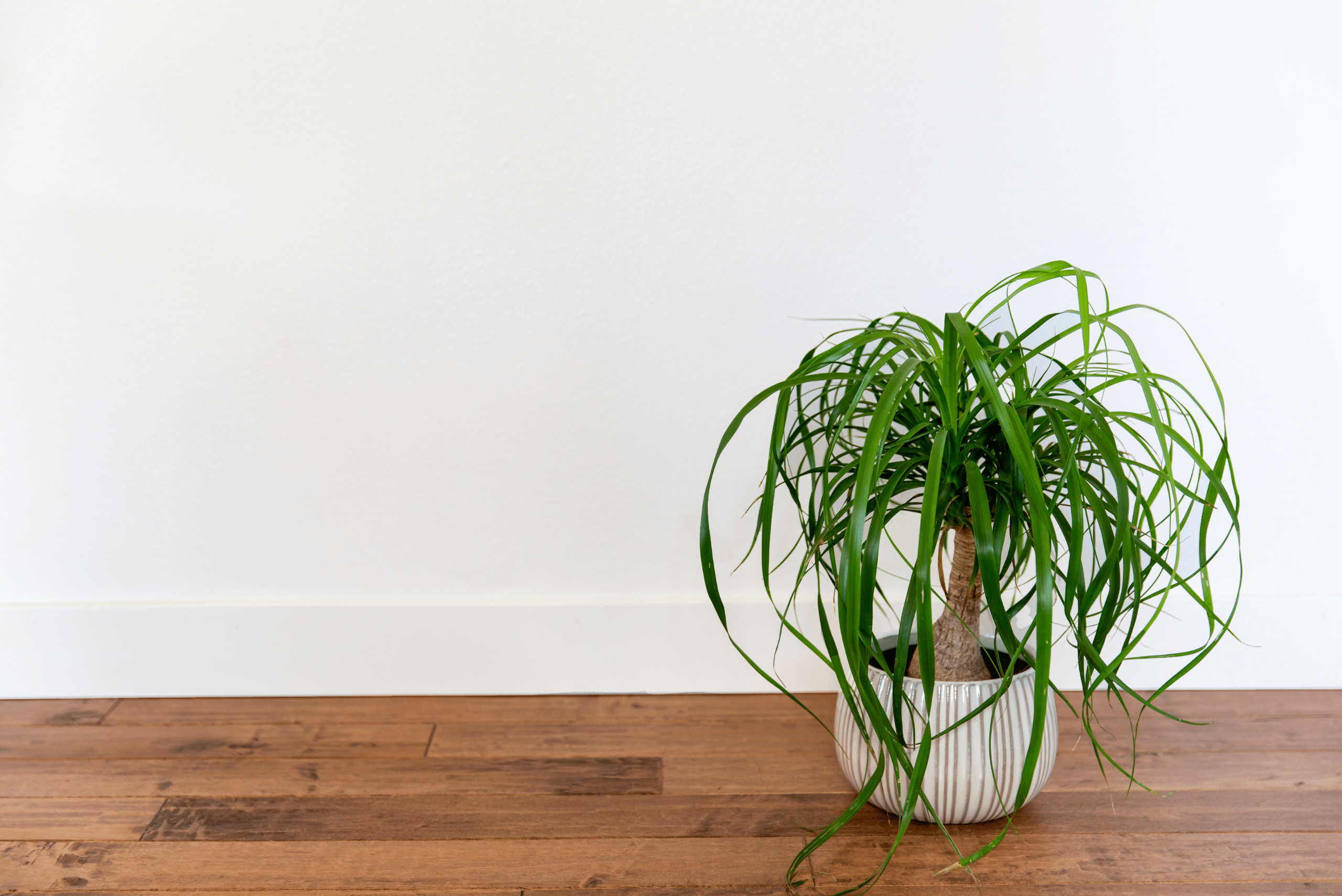
Whereas most of the others on this list stand somewhat upright to fully rigid, the Ponytail palm gets its name for its long, thin, almost snake-like leaves. If you didn’t know any better, it would almost look like the plant was dying rather than thriving.
It is more of a desktop plant, which makes it manageable and allows for proper positioning (it requires full sun to really thrive). It is also interesting to know that, despite its name, it isn’t actually a true palm. It is also worth noting that it doesn’t have to be a desktop plant, as it’s capable of growing up to six feet in height under the right conditions.
Soil: sandy, rich, well-drained
Water: moist soil but prevent overwatering
Light: full sun
4. Corn Plant
The corn plant isn’t the prettiest on the list, but it has an almost neat aesthetic to it that makes it a favorite. The stalk is thick, with light brown bands wrapping around a vibrant, deep green. The leaves are long and thin and, compared to others, are relatively few.
A tropical plant that has African roots, it looks very similar to stalks of corn thanks to their upward growth. Because of that upward growth, they also look similar to palms, earning them the nickname of “false palms.” They can grow to be between four and six feet in height, making them the perfect size for any home. They are also very low maintenance, making them perfect once you get them settled into proper growing conditions. Just be aware that they are toxic to both dogs and cats, so keep them away if you opt for the corn plant.
Soil: loamy, well-drained
Water: evenly moist
Light: indirect sunlight
5. Calathea Orbifolia
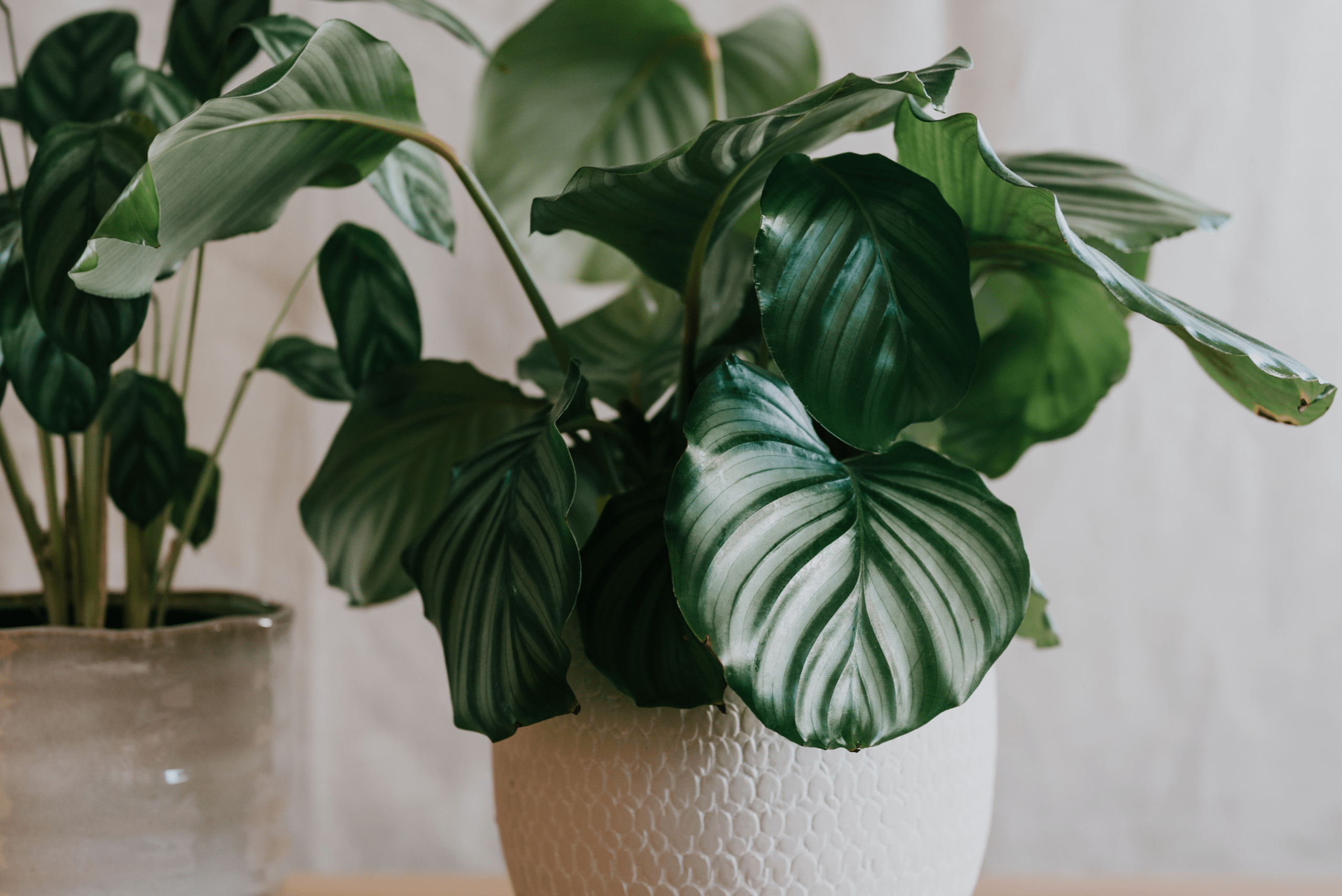
A type of prayer plant, the calathea orbifolia is easy to distinguish thanks to the orb-shape of its leaves. It is also one of the more temperamental plants to keep in the home because it requires high humidity for it to truly thrive.
Just make sure that you place it in a spot that gets bright, indirect light, and make sure to keep the soil as evenly moist as you can. It is non-toxic to both pets and humans, allowing you to keep it in your home with peace of mind.
Soil: rich, well-drained
Water: evenly moist
Light: indirect but bright light
6. Dragon Tree
Known by its proper name of Dracaena marginate, the dragon tree shares the same bright green color as its name, though the leaves can have red edges as well. The plant stands almost rigidly straight up with the long, thin leaves pointed towards the sky.
It is a favorite not only for its aesthetic but also because it is drought-tolerant and very easy to care for. It is also slow-growing, so you don’t have to worry about it growing to some of the heights that others on this list achieve.
Soil: loamy, well-drained
Water: water only when the top layer is dry
Light: partial shade, bright light when exposed
7. Majesty Palm
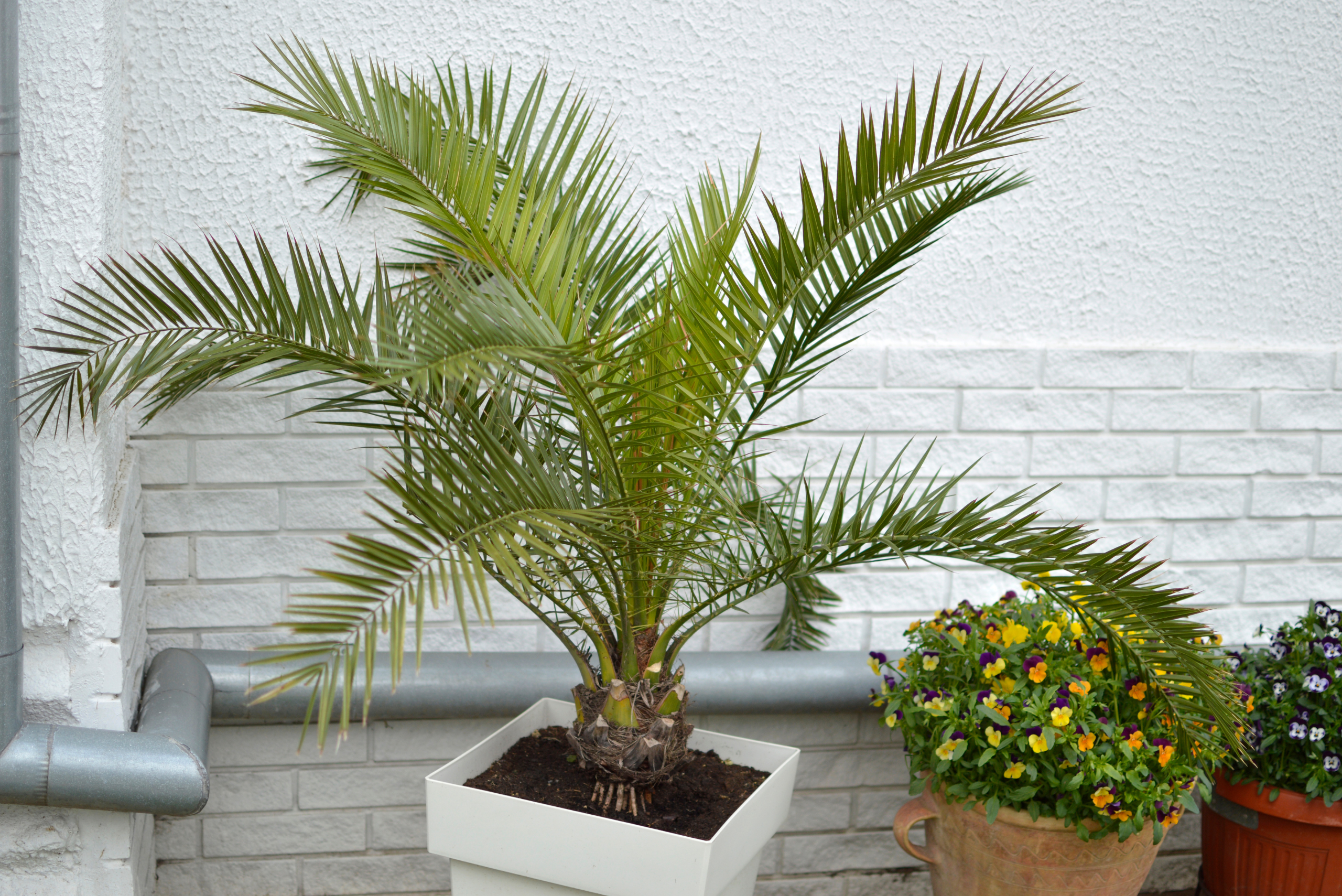
A simple yet beautiful option, the indoor palm is a popular option. Though it tends to be a relatively slow-growing plant, it can still reach heights of up to ten feet. You can easily identify the majesty palm because of all of the large, green fronds that sprout from several stems.
This is one of the tougher palm species to keep happy indoors. It is imperative to get not only the light right but the fertilization and temperature right as well. Thankfully, they are non-toxic to humans, dogs, and cats, so they can be kept safely in the home without worry.
Soil: succulent or cactus soil mix required
Water: evenly moist but not waterlogged
Light: indirect, bright light
8. Anita Dracaena
This beautiful, almost tropical-looking plant features a cluster of long, narrow leaves that are soft to the touch. You will find the Anita Dracaena in a lot of reception areas, office settings, showrooms, and shopping centers because it is among the more elegant plants on the list.
It does well with little water and is flexible as to how much light it requires, though it does better with direct, bright sunlight. Just make sure that you prevent waterlogging, as rot can develop. Has the added perk of being pest-resistant, so you shouldn’t have to deal with annoying little chunks missing at any time.
Soil: rich, well-drained
Water: moist soil, but beware of waterlogging
Light: direct, bright sunlight
9. Kentia Palm
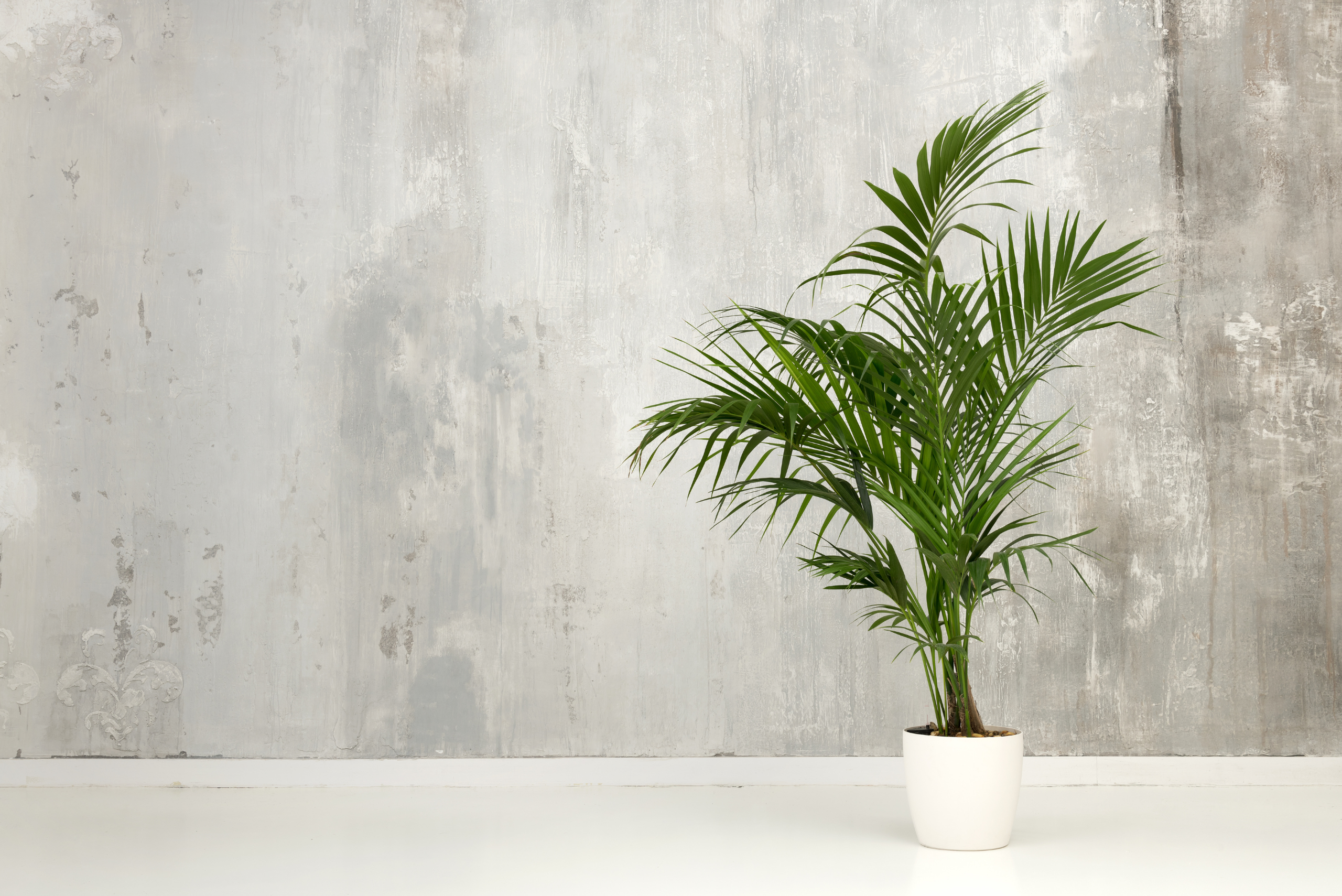
You could fill an entire list with the number of palm plants that there are. The Kentia palm is a favorite because it is relatively simple to care for and also features long, thin, waxy leaves that can look artificial when you first see them.
They do best with indirect sunlight and good drainage. They are pretty easy to grow and can even take some neglect, though they tend to look their best when they are properly cared for. Even better, they won’t need re-potting annually like some of the others on the list. That alone makes it easier to deal with than the vast majority of indoor plants you will find.
Soil: sandy, well-drained
Water: water when the top layer dries out
Light: indirect light
10. Banana Tree Plant
No, this isn’t going to produce any fruit for you. The banana tree plant is known for the large, tropical leaves that it sprouts. A fully mature plant can grow to be nine feet long and as wide as another two feet, so give it plenty of space.
Though it is commonly grown outdoors, it can do fine so long as it is in a sunny location. Just make sure that the soil is evenly moist without waterlogging it during its growing season. It is also safe for pets, so you don’t have to worry about negative reactions should it get gnawed on.
Soil: rich, well-drained
Water: moist soil without waterlogging
Light: full sun
11. Philodendron Gloriosum
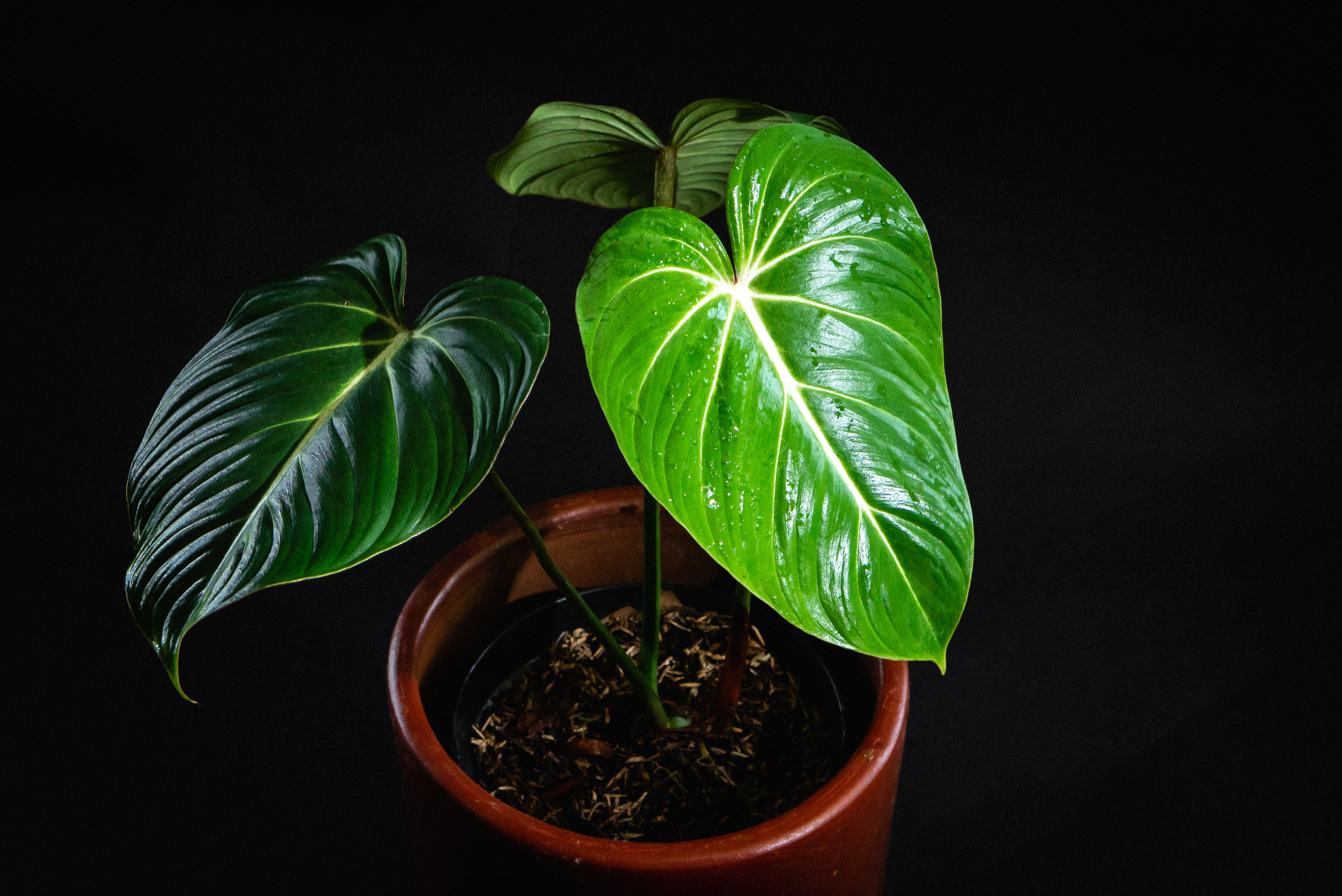
One of the more visually stunning plants on this list, the philodendron gloriosum has an almost velvety texture to its leaves. Those large leaves are characterized by the white veining throughout, providing a unique and beautiful aesthetic.
It is one of the rarer plants on the list, however, and you probably won’t be able to find it at a local nursery or garden center. Still, it is available from online vendors with some regularity. It is also toxic to dogs, cats, and humans when ingested, so be careful.
Soil: rich, well-drained
Water: only water when the top 1-2 inches has dried out
Light: indirect, bright sunlight
12. Euscaphis
Also known as the Korean sweetheart, these plants are more native to China. They can get to be up to 20 feet tall, so it is imperative to keep them pruned back. They also produce red fruit that have the shape of a heart to them.
It has an open branch structure, which gives it a wider look to it. The leaves are waxy and almost emerald in appearance, giving them a bright red and green combination that can definitely draw the eye to them.
Soil: sandy, well-drained
Water: moist soil
Light: partial shade with full sun
13. Rubber Tree
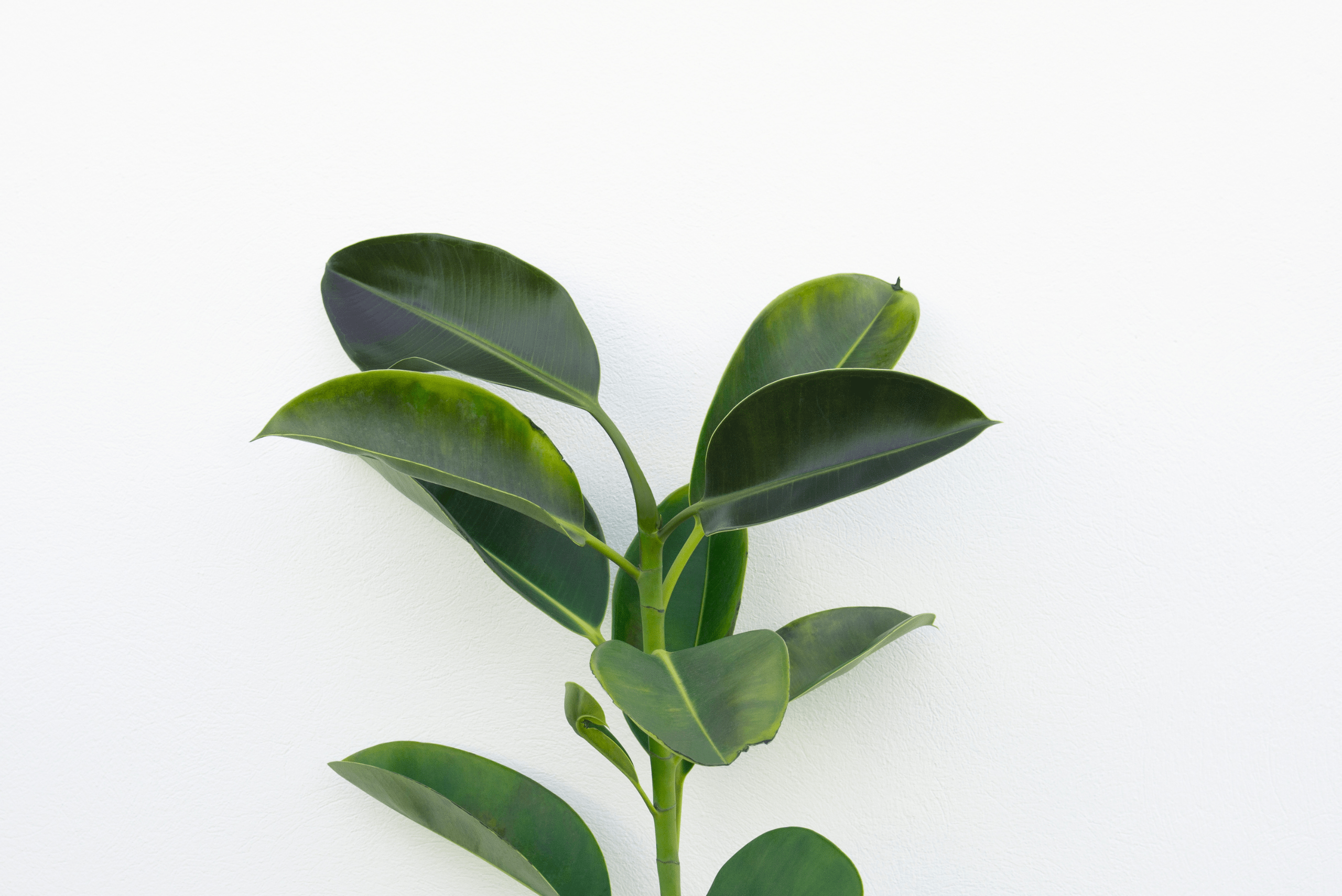
The rubber tree is hands down one of the most popular choices out there. This is partially because it can come in a wide array of shapes and colors. It is perhaps best known for waxy, large leaves that look almost artificial in nature.
When grown indoors, you can control the shape and size of the rubber tree through controlled root restriction and pruning. It does require direct sunlight to properly thrive, and it can be mildly toxic should it be ingested by humans, dogs, and cats.
Soil: well-drained
Water: keep moist during the growing season
Light: direct light
14. Leopard Plant
The leopard plant is a perennial that offers beautiful yellow flowers to go with its large, heavy leaves. It has spotted foliage on some of the native species, which lends to the name itself. That said, the spots tend to not exist on those that have been cultivated.
They tend to bloom in the early summer months when grown in colder climates but can bloom earlier than that in a more tropical climate. What makes this a unique indoor plant is that the flowers come from the bracts at the top, with the leaves resting below.
Soil: rich, slightly acidic
Water: deep soaking once per week
Light: indirect light
15. Philodendron Xanadu
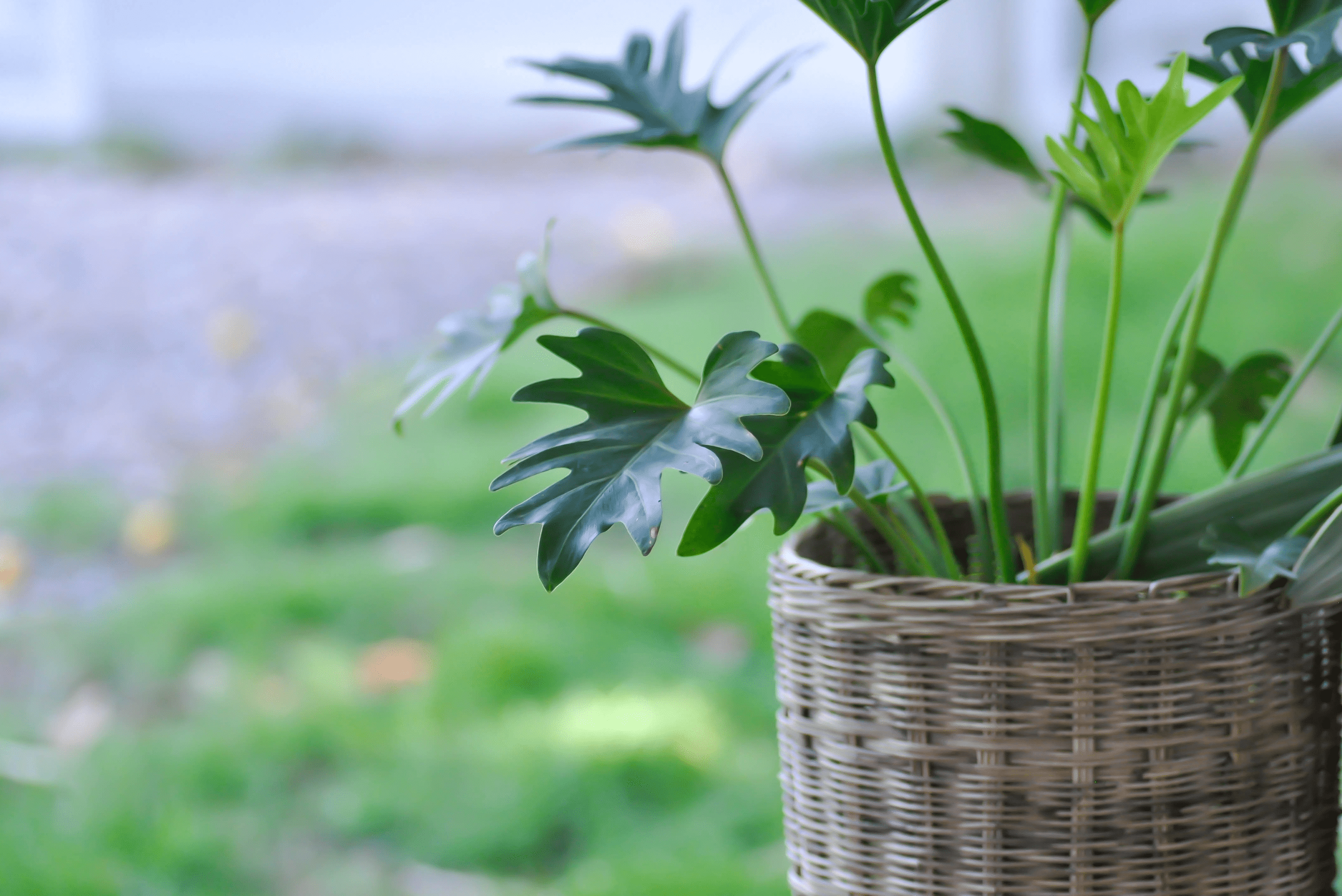
Hands down, it is one of the most unique big-leaf plants on our list. The leaves are lobed and almost leathery in texture, drawing the eye to anyone who enters the room. When it matures, the number of lobes increases, giving it a more intricate look.
What is cool about this big leaf plant is that the leaves can get to be up to 40cm long and have as many as 10-15 lobes each. It is best kept out of reach of small children and pets as it is toxic if it is ingested.
Soil: well-drained
Water: water only when the soil has dried
Light: medium to bright indirect light
16. African Mask Plant
This is similar to the philodendron gloriosum in that it has white-green veins that traverse the entire surface of the leaves. They come in a shape that is quite similar to an arrowhead or even a heart, giving them a unique shape to go with the veining. The underside even has color, offering a deep purple.
It tends to do well with bright yet indirect light and soil that is both rich and well-drained. Just be aware that it can be toxic to dogs, cats, and humans should it be ingested, so keep it up and away from those who may eat the leaves.
Soil: rich, well-drained
Water: moist soil but not waterlogged
Light: indirect, bright light
17. Rex Begonia
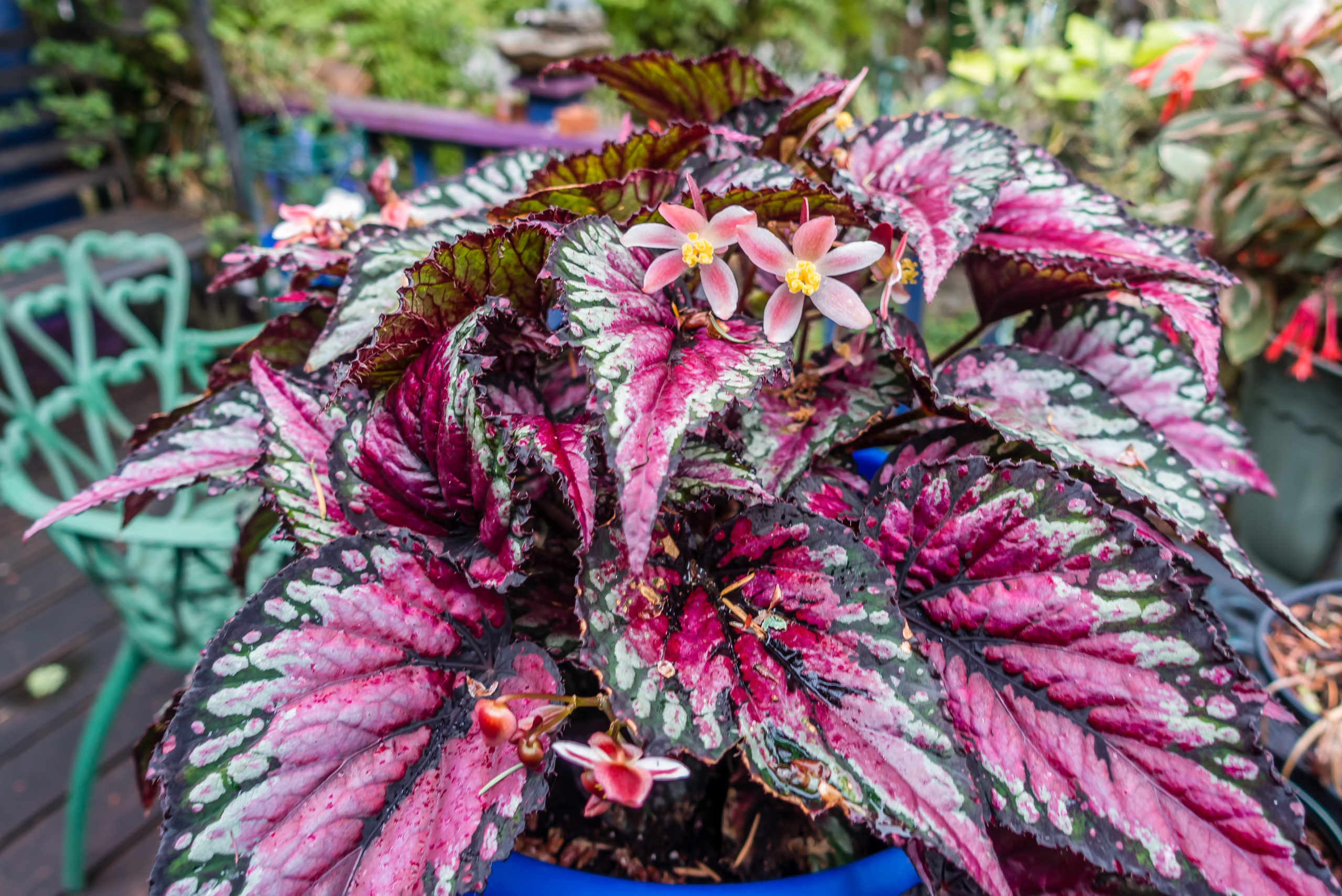
There are more than a few begonias out there, but the Rex begonia is perhaps the most beautiful of them all. It has earned the nickname “painted leaf” because it comes in multiple colors and almost looks artificial in nature.
The leaves can get to be up to six inches long, and the colors can change depending on the Rex that you get. They can be silver, red, green, and even purple in color. Their blooms are smaller and less showy, but they are beautiful all the same. Just keep them out of reach of animals as they are toxic.
Soil: light, well-drained
Water: moist soil
Light: indirect, bright light
18. Fiscus Alli
Growing to be between six and eight feet, the Fiscus Alli is among the taller options on the list, though it can be tapered somewhat with careful pruning. Compared to some of the others on the list, this is one of the more upright options, standing almost straight up.
The leaves are long and thin compared to the fatter and wider plants that permeate the list. Since they are long and narrow, they can fit into tighter spaces with greater ease, and they don’t need to be watered nearly as much as some of the others, either.
Soil: well-drained
Water: only water after the top 1-2 inches are dry
Light: indirect, bright light
19. Monstera Deliciosa
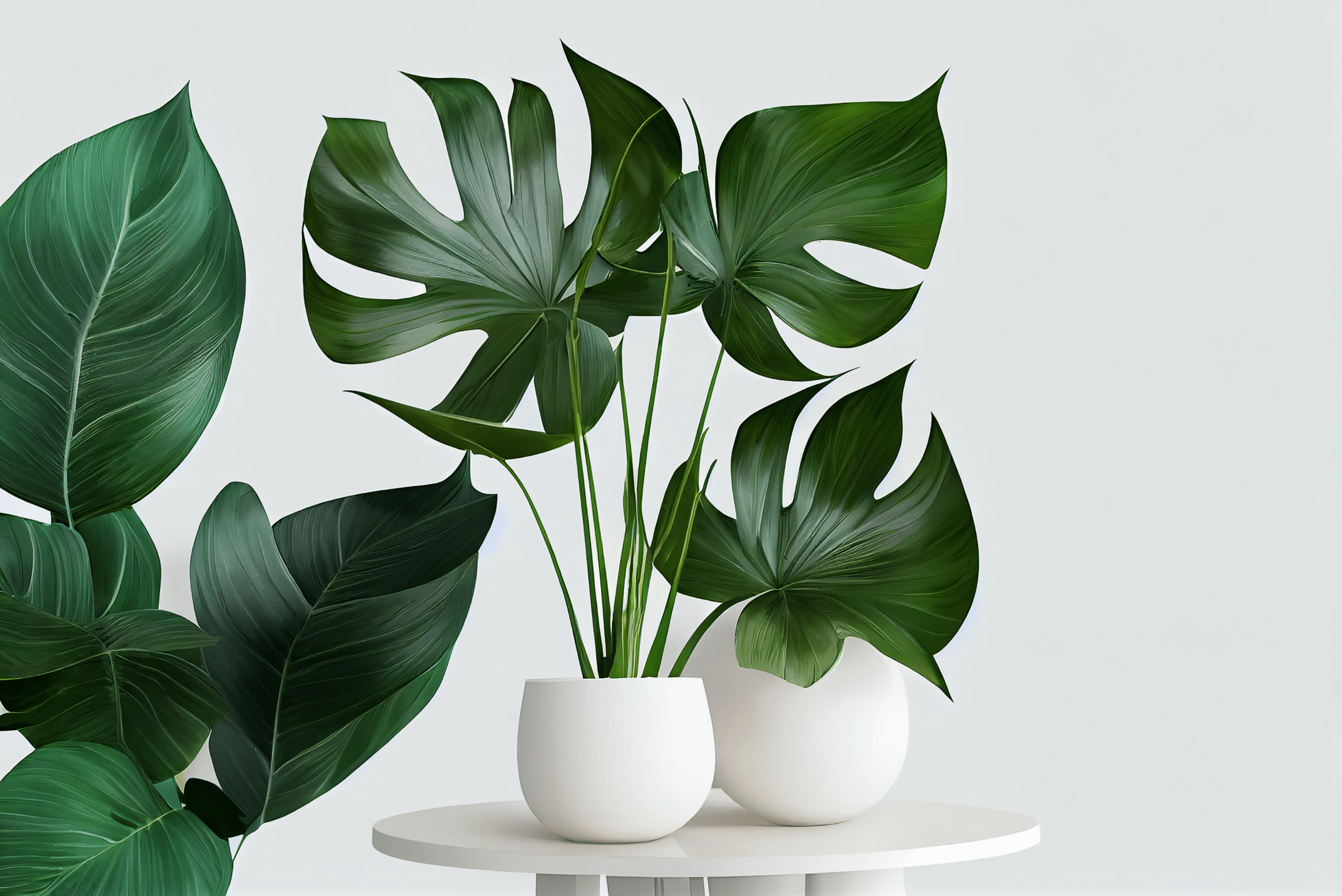
This is a particularly popular plant on Instagram, offering beautiful fenestrated leaves that can give any room a tropical feeling instantly. It is important that you keep an eye on the size, though, as they can reach up to ten feet without pruning. The leaves, meanwhile, can get to be three to four feet long as well.
It requires water only when the top inch or so has dried out and can take both medium and bright indirect light. Since it is mildly toxic to dogs, cats, and humans when ingested, it is best kept out of reach. Upset stomach and skin irritation near the mouth are the most notable symptoms.
Soil: rich, well-drained
Water: water when the soil has dried
Light: medium to bright indirect light
20. Hosta
Hosta is one of the most popular breeds of plants and a favorite for gardeners. You know them from their lush foliage, which is fringed around the edges with white to counteract the bright, vibrant green of the rest of the leaf.
It is also one of the easiest plants to care for since it does well in shade. That said, the lighter the foliage is, the brighter the sunlight should be when it is exposed. With proper care, you should be able to get an almost tropical appearance to it. Best of all, they can tolerate just about any soil and should continue to grow evenly for years to come.
Soil: rich, well-drained
Water: moist soil
Light: indirect light, partial shade
21. Fiddle Leaf Fig
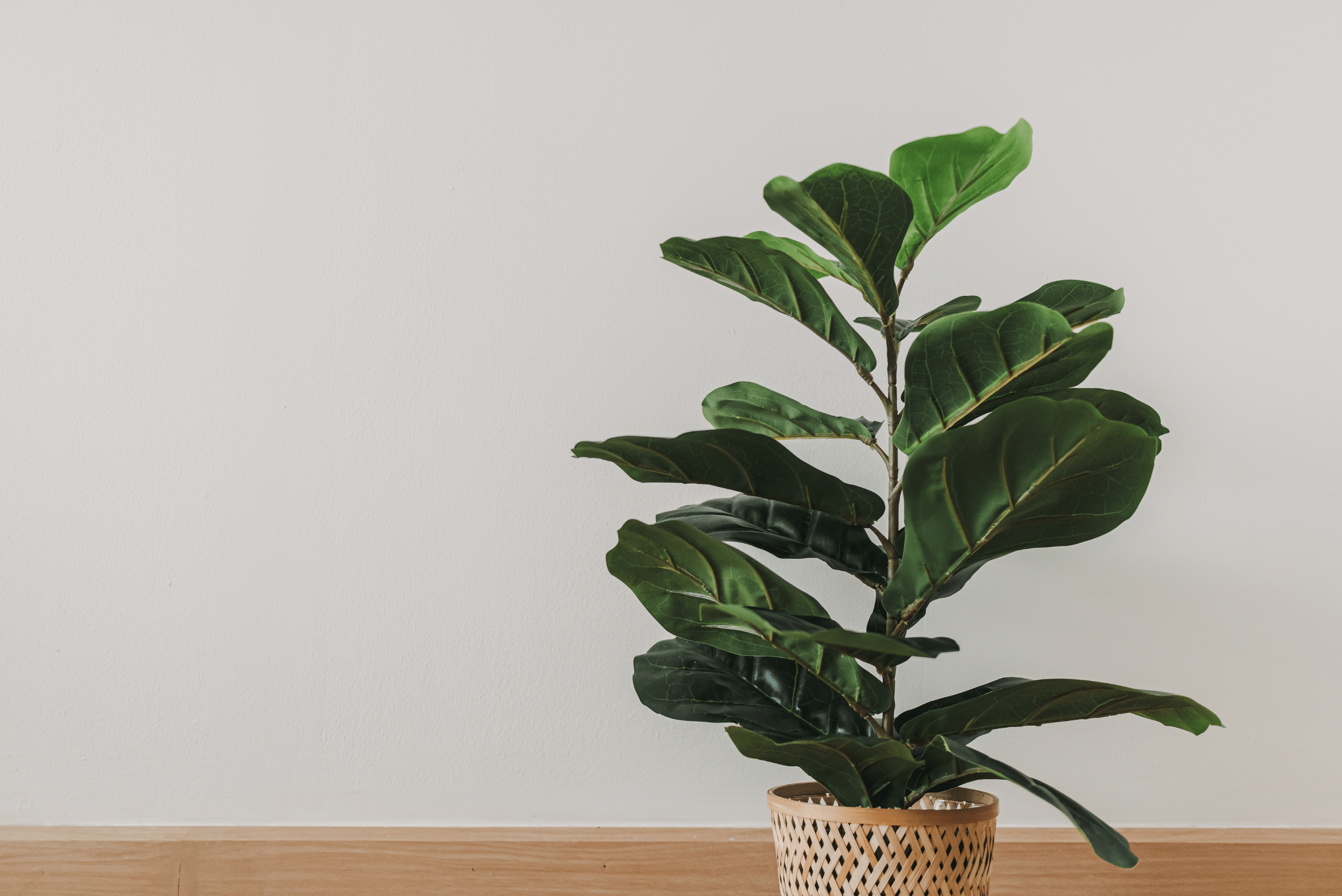
The fiddle leaf fig trees are characterized by a tall, thin trunk and large, almost plastic-looking leaves. The waxy texture gives them a sheen like no other. Best of all, they can be safely pruned to control both the size and shape of the leaves.
Despite their popularity, they are somewhat temperamental and can be difficult to care for. When you get the conditions right, though, they can hit their full size easily. The leaves are toxic, so be sure to keep pets and children away from them.
Soil: rich, well-drained
Water: water when soil is dry
Light: indirect, bright light
22. Paper Plant
There are many variations of Fatsia out there, with this one being among the most popular. These have leaves that seem to just get bigger and more exaggerated with time. They can reach six feet in height, and the leathery leaves emanate from the center of the plant to create an umbrella look.
Make sure to trim them early into the growing season in order to further leaf growth. If the stems get to be too thick, they can also be trimmed back dramatically. Though it can be a bit difficult to care for, the proper care can result in a big, bright plant that will stand out in any space.
Soil: rich, well-drained
Water: drench at waterings, allowing it to dry out between
Light: indirect, bright light
23. Caladium
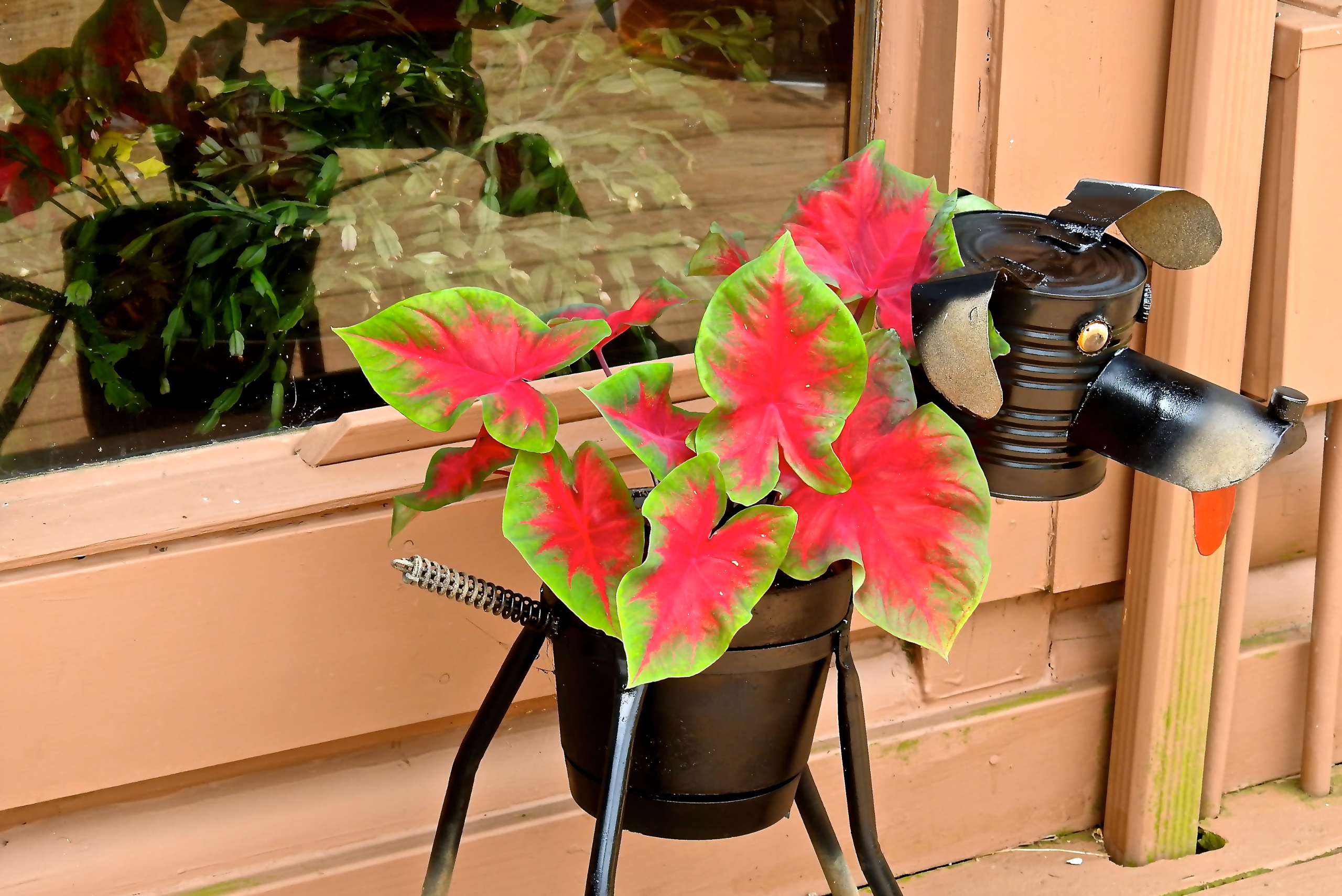
The caladium may very well be the most beautiful indoor plant on this list. It has an almost milky-white color to it, with little spots of red, pink, and green thrown in. That is in addition to the veining that permeates throughout the leaves.
They also make for great floral arrangements. You can let the caladium grow out a bit before trimming it back, combining the leaves into a unique floral arrangement that is sure to please. They can tolerate full shade but do best with about 4 hours of direct sunlight exposure.
Soil: well-drained
Water: evenly moist soil
Light: direct to indirect sunlight
24. Elephant Ear
Though they are commonly grown outdoors, elephant ear plants can make for great indoor plants as well. They have huge leaves, growing to be up to 3 feet in length depending on what variety of elephant ear you get.
It does well with access to bright light and moist soil but keep from waterlogging it. It is also toxic when it is ingested, having negative impacts on dogs, cats, and small children. Still, it makes for a show-stopper of a house plant.
Soil: peat-rich, well-drained
Water: moist soil
Light: indirect, bright light
25. Bird of Paradise
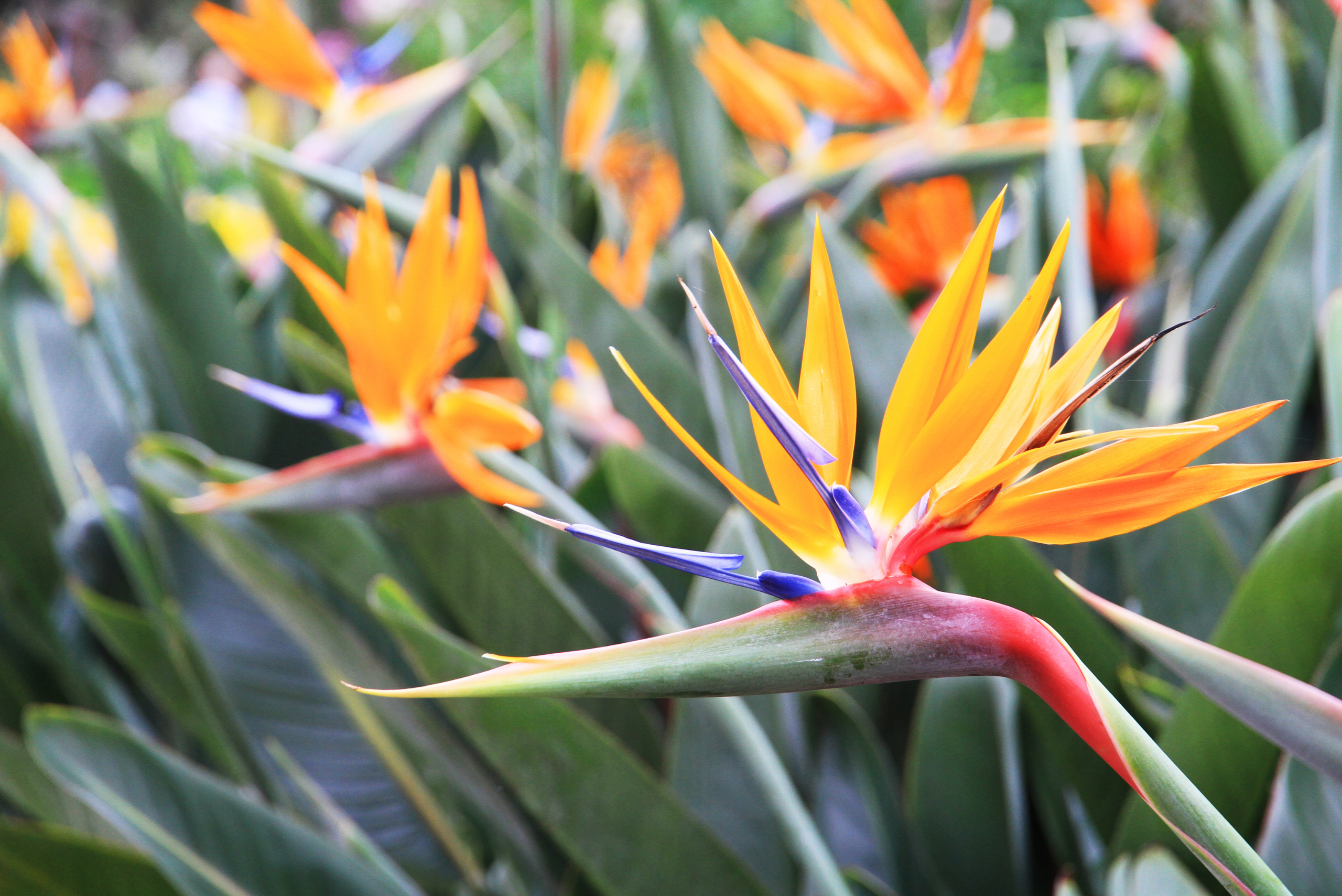
The bird of paradise is one of the more tropical offerings on this list. That is largely due to the flower that sprouts from the top of the plant: it almost looks like a vibrant phoenix flying away. This is in tandem with large, almost waxy leaves that sprout in layers from a central stalk.
When it reaches full maturity, it is not uncommon for this plant to hit the six or seven-foot mark, reaching out another four feet in width. This is also one of the more toxic plants on the list, so keep it away from dogs and cats.
Soil: rich, well-drained, loamy
Water: water when the soil has dried
Light: indirect or direct bright light

